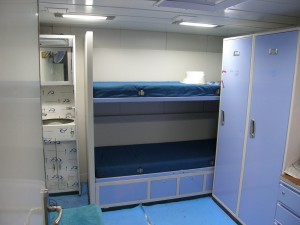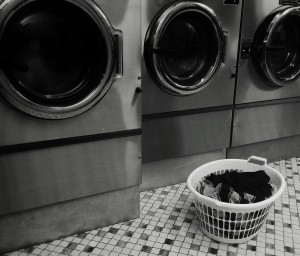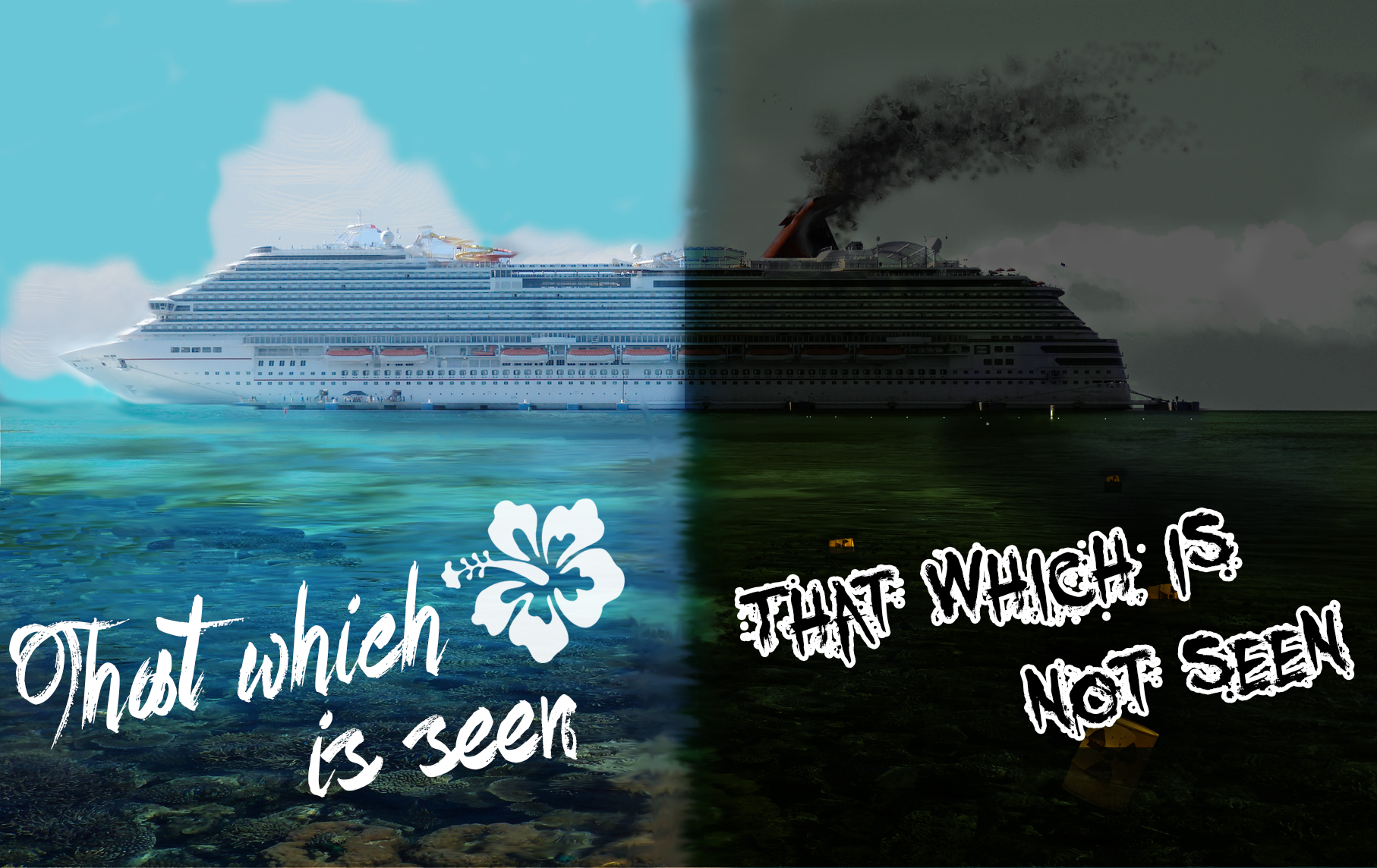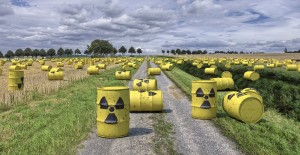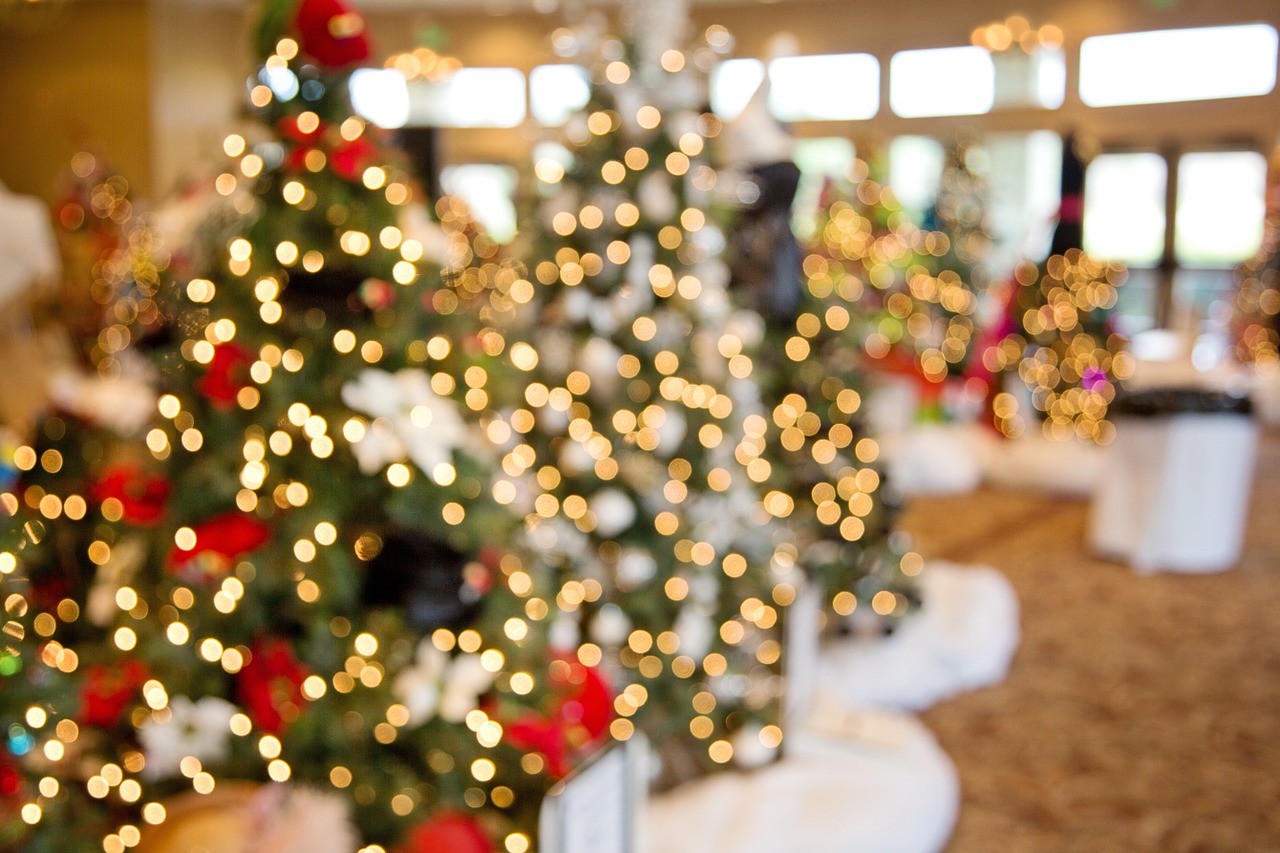 End-of-year holidays are some of the busiest times of the year on cruise lines the world over. Celebrations begin from Thanksgiving at the end of November and continue through to Hanukkah, and then on to Christmas and New Year.
End-of-year holidays are some of the busiest times of the year on cruise lines the world over. Celebrations begin from Thanksgiving at the end of November and continue through to Hanukkah, and then on to Christmas and New Year.
Most people prefer spending time with families at this time, and many, instead of doing the traditional dinner at home, go on cruises. It allows families to get away from extreme weather – very hot in the southern hemisphere countries such as Australia and very cold in places like Europe, the US and Canada.
Being together means guests enjoy lots of meals and treats, for which cruise ship chefs have a big role to play. For each big holiday, certain traditional delights form part of the festivities and it is key for cruise ship chefs to know what they must look and taste like. After all, many cruise guests will look for that ‘authentic’ taste that takes them down memory lane without having to go through the trouble of making it themselves.
Thanksgiving
This is a celebration that is all about the food. Research has shown that most Americans eat more on Thanksgiving than they do on any other day of the year. The holiday is celebrated in commemoration of a meal shared by native Americans and the early European settlers to the continent, known as the Pilgrims.
A traditional Thanksgiving meal is incomplete without turkey. So cruise ship chefs must prepare beautifully glazed birds that can be carved to reveal its delicious stuffing. This is often a bread based mixture combined with sage, chopped celery, carrots and onions.
Side dishes are equally important and cranberry sauce is almost a must-have. Others include mashed potatoes, gravy and brussels sprouts. Green bean casserole is another favourite, as well as Thanksgiving’s most popular dessert of pumpkin pie with its beautiful aroma of various spices.
Hanukkah
Hanukkah is typically celebrated anytime between the end of November and the end of December. The Jewish holiday commemorates the Maccabees’ successful rebellion against Antiochus IV Epiphanes when the wicks of the sacred candelabrum in the temple burned miraculously for eight days.
Cruises during this time decorate their vessels with Hanukkah motifs including the traditional menorah or candelabrum and beautiful fresh flower arrangements in colours of blue, silver and white.
It is time for chefs to focus on kosher meals and traditional fare that is baked or fried in oil, in memory of its importance at the temple all those years ago. The most prominent delights are latkes or potato pancakes, sufganiyot or doughnuts filled with strawberry jam, matzo ball soup made from unleavened bread and chicken soup, and gefilte, an appetiser made of minced fish.
Cruise ship chefs also serve up a variety of dishes made of cheese and dairy.
Christmas & New Year
Many families make Christmas and New Year a getaway they can celebrate together. New Year cruises are some of the most expensive ones, and cruise ship chefs must pull out all the stops to ensure guests feel like they’ve had an amazing gastronomical start to the New Year.
Because both celebrations are so close together, many dishes revolve around the same theme of decadence. Dining buffets will most certainly see a roast turkey or goose with all the trimmings.
Desserts and goodies are of prime importance during this time. Gingerbread cookies are an international favourite, with many cruises offering cookie decorating workshops for children. Mince pies stuffed with dried fruits and spices make an appearance everywhere as do chocolate yule logs and traditional Christmas pudding.
Eggnog, a rich, creamy beverage sometimes spiked with brandy, rum or bourbon, is a popular drink around Christmas time. At the New Year countdown, it is customary for guests to receive a glass of Champagne to celebrate.


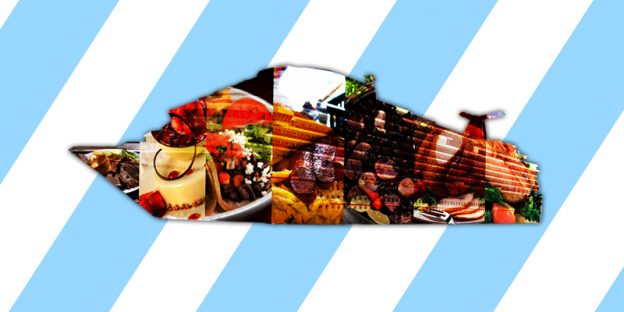

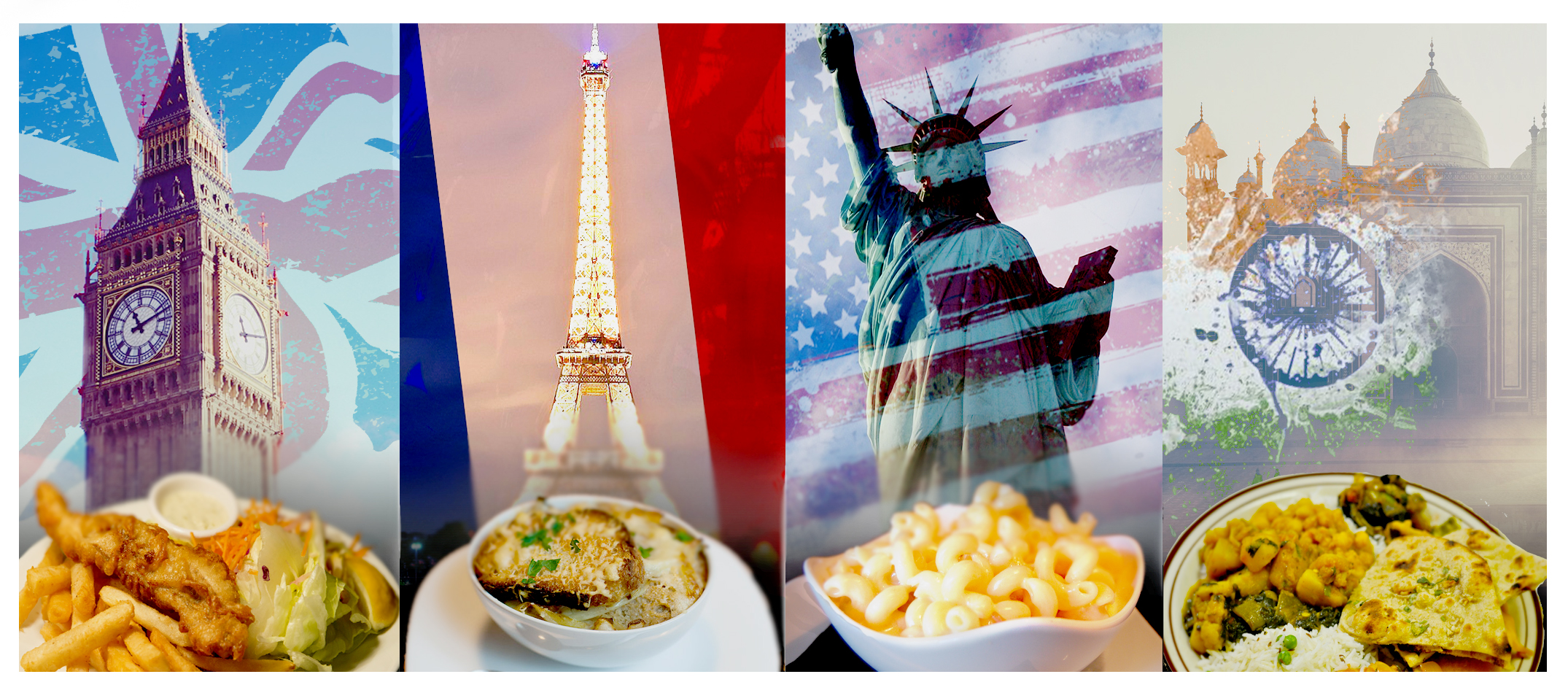
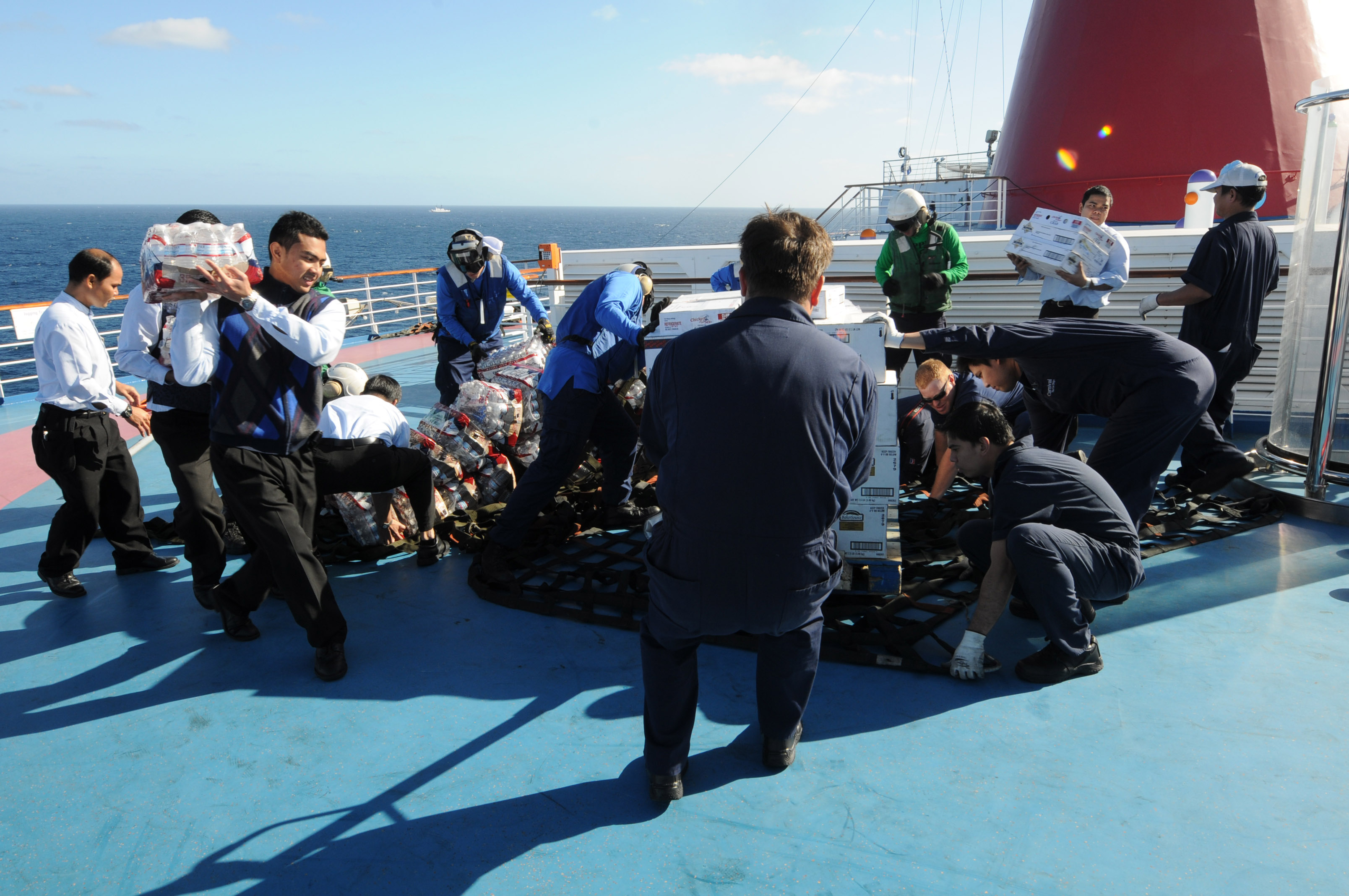
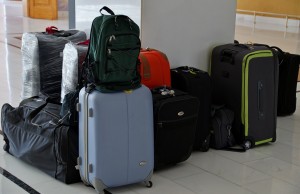

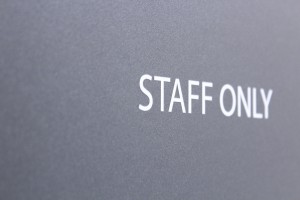 Always remember the way to your cabin when it is shown to you, as without signs, many new employees find themselves wasting valuable time searching for what is now their home. Also note which areas are meant for staff and those where only guests and officers are allowed. Most cruise ship companies take engagement with guests very seriously.
Always remember the way to your cabin when it is shown to you, as without signs, many new employees find themselves wasting valuable time searching for what is now their home. Also note which areas are meant for staff and those where only guests and officers are allowed. Most cruise ship companies take engagement with guests very seriously.